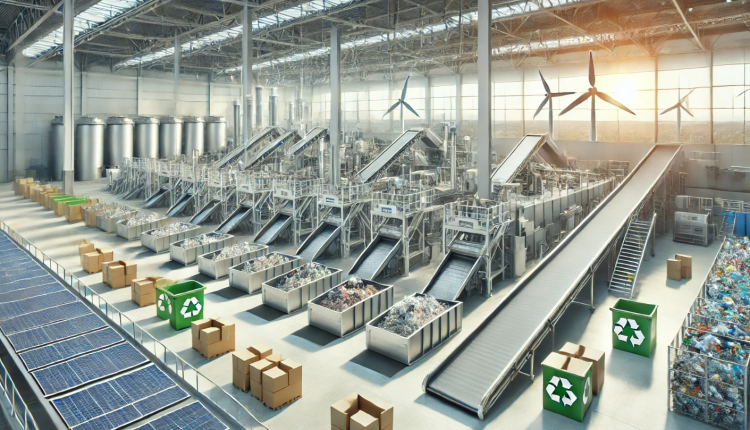- Advertisement -
Climate change stands as one of the most pressing challenges of our time, with its impacts felt across the globe. While numerous strategies have been proposed to mitigate its effects, recycling emerges as a pivotal yet often underappreciated tool in this endeavor. By understanding the intricate relationship between recycling practices and greenhouse gas emissions, we can better appreciate how our daily choices influence the planet’s health.
The Carbon Footprint of Production
Every product we use undergoes a lifecycle that begins with the extraction of raw materials and culminates in its disposal. This lifecycle is energy-intensive, especially during the extraction and processing phases. Mining, logging, and drilling not only deplete natural resources but also consume vast amounts of energy, predominantly from fossil fuels. This energy consumption leads to significant greenhouse gas emissions, contributing to the acceleration of climate change.
For instance, the production of aluminum from raw bauxite ore is particularly energy-demanding. However, recycling aluminum can save up to 95% of the energy required compared to producing it from virgin materials. This substantial energy reduction directly translates to decreased carbon emissions, highlighting the environmental benefits of recycling.
Recycling: A Pathway to Emission Reduction
Recycling serves as a bridge between consumption and conservation. By redirecting waste from landfills and reintroducing materials into the production cycle, we achieve several environmental benefits:
- Energy Conservation: Manufacturing products from recycled materials generally requires less energy than using virgin resources. For example, recycling paper can save about 60% of the energy compared to producing new paper from raw pulp.
- Reduction of Landfill Emissions: Organic waste in landfills decomposes anaerobically, producing methane—a greenhouse gas approximately 28 times more potent than carbon dioxide over a 100-year period. By composting organic waste or recycling materials, we can significantly reduce methane emissions from landfills.
- Resource Preservation: Recycling reduces the demand for raw material extraction, thereby conserving natural habitats and decreasing the environmental degradation associated with mining and deforestation.
The Role of Upcycling and Downcycling
The recycling process can lead to two outcomes: upcycling and downcycling. Upcycling transforms waste materials into new products of equal or greater value, often enhancing the material’s quality or functionality. This process not only extends the lifecycle of materials but also adds value, reducing the need for new resource extraction.
Conversely, downcycling involves converting materials into new products of lesser quality or reduced functionality. While downcycling still diverts waste from landfills, it may eventually lead to materials becoming non-recyclable, thus ending up as waste. Both processes play roles in waste management, but upcycling offers more significant environmental benefits by maintaining material quality and utility.
Challenges in the Recycling Ecosystem
Despite its advantages, the recycling system faces several challenges:
- Contamination: Improper sorting and contamination of recyclable materials can render entire batches unsuitable for recycling, leading to increased waste and processing costs.
- Market Fluctuations: The economic viability of recycling programs often depends on market demand for recycled materials. Fluctuations in oil prices, for instance, can make virgin plastic cheaper than recycled plastic, discouraging recycling efforts.
- Public Participation: Effective recycling requires active participation from the public. Lack of awareness or misinformation can lead to poor recycling practices, diminishing the potential environmental benefits.
Global Perspectives and Initiatives
Around the world, various initiatives highlight the importance of recycling in combating climate change. The European Union, for example, has set ambitious recycling targets as part of its Circular Economy Action Plan, aiming to make sustainable products the norm and reduce waste generation. Such policies not only promote environmental sustainability but also drive economic growth by creating green jobs and fostering innovation in recycling technologies.
Conclusion
Recycling is more than just a waste management strategy; it is a crucial component in the fight against climate change. By conserving energy, reducing greenhouse gas emissions, and preserving natural resources, recycling offers a tangible way for individuals and communities to contribute to a more sustainable future. Embracing and enhancing recycling practices can lead to significant environmental benefits, underscoring the power of collective action in addressing global challenges.

